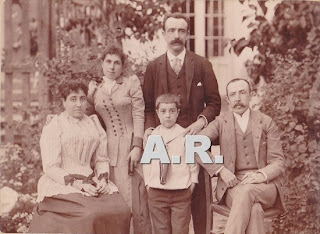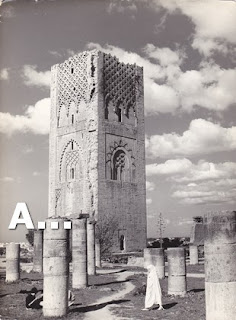Buscar este blog
Blog sobre fotografía antigua y sus fotógrafos. Blog about vintage photography and its photographers. De http://photocollection.alonsorobisco.es. 15 años. Más de 3000 posts. 1 persona.
Entradas
Mostrando entradas de abril, 2013
Fotografía familiar. Tarde en el Jardín. Fotógrafo anónimo. Vintage albumens Family in the garden. Unkown photographer. c. 1900
- Obtener enlace
- X
- Correo electrónico
- Otras aplicaciones
Fotografía y documentación. MetPublications. Baldus, Fenton, Cuvelier,Evans,,
- Obtener enlace
- X
- Correo electrónico
- Otras aplicaciones
Fotografía antigua. Bronchales ( Teruel) Vistas del pueblo y escenas de trilla.Photo series Country towns Scenes threshing
- Obtener enlace
- X
- Correo electrónico
- Otras aplicaciones
Exposiciones que me gustaría ver. Mario Testino : MATE Alta moda
- Obtener enlace
- X
- Correo electrónico
- Otras aplicaciones
Fotografía Antigua Polaciones. Santander. Cantabria. Foto Samot.
- Obtener enlace
- X
- Correo electrónico
- Otras aplicaciones
Fotografías de un ábum familiar. Fotógrafo Luis Marín. Inauguración del Cerro de los Ángeles y el vuelo del Handley Page sobre Madrid. Photographs of a family ábum. Photographer Luis Marin. Inauguration of the Cerro de los Angeles and the flight of Handley Page over Madrid.
- Obtener enlace
- X
- Correo electrónico
- Otras aplicaciones
Fotografía Antigua. Torre Hassan Marruecos. Fotografía de turismo. Vintage photography Hassan Tower Marrakech
- Obtener enlace
- X
- Correo electrónico
- Otras aplicaciones




